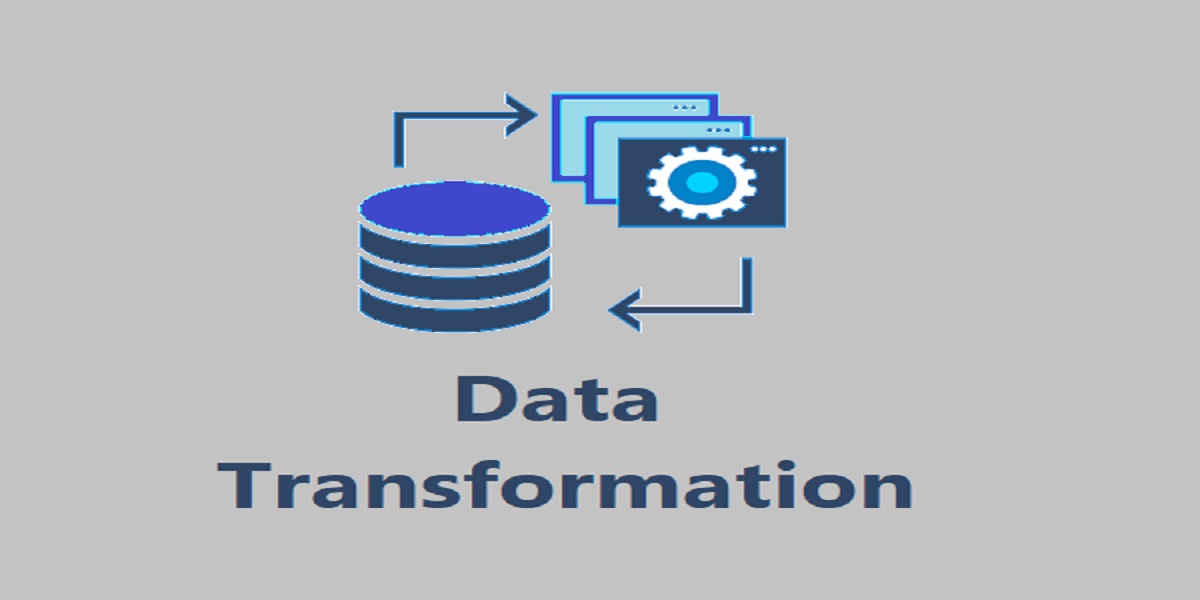Meaning of data transformation
Data transformation is the process of converting data from one format or structure into another format or structure. For instance, converting a raw dataset into a well arranged, scientifically analysed, vetted, and a user-friendly format.
As the aim of data transformation is to present the data into a very user-friendly format, it invariably involves converting dataset from one format of file into another format. For instance, CSV (comma separated values), excel spreadsheet, XML (extensible markup language), etc.
It involves conversion of both the format and/ or structure of a data set into a format or structure that is congruent to the requirements of the target system.
Aim of data transformation
The aim behind executing any data transformation process is to ensure that the available data is scientifically arranged, well-analysed, vetted from reliable sources and as per the internationally accepted standards, and presented in a user-friendly format.
This ensures that the decision making based on the available data is rational, logical, scientific, and correct to the best of knowledge. Hence, it aids in analyses and developing insights. Besides, further analyses of the data available after executing the process of data transformation brings to fore some of the hitherto unexplored facts or dimensions about any topic.
Data transformation is only change in the format of the data and not the content of the data
An important feature of data transformation is that it only involves conversion of data from one format to another. It does not change anything in the content of the data.
Who are the people involved in the process of data transformation?
Majorly, the data engineers, data analysts, and data scientists collaborate amongst each other to execute the process of data transformation.
Processes involved in data transformation
Data transformation is executed by accomplishing three processes. They are as follows:
First, data integration.
Second, data migration.
Third, warehousing.
Phases of data transformation
Data transformation is accomplished over five phases. They are as follows:
First, data discovery.
Second, data mapping.
Third, code generation.
Fourth, code execution.
Fifth, data review.
Classification of the process of data transformation
The process of data transformation is classified into four types. They are as follows:
First, constructive data transformation. In this type, data is copied, replicated, or added.
Second, destructive data transformation. In this type, data pertaining to fields or records is deleted.
Third, structural data transformation. In this type, columns in data is combined, moved or renamed.
Fourth, aesthetic data transformation. In this type, data pertaining to certain values are standardized.
Significance of data transformation
First, data transformation is a critical stage of both the ETL (Extract, Transform, Load) and ELT (extract, load, transform) processes.
The difference between the ETL approach and the ELT approach is that the ETL approach uses a fixed criteria to sort data from multiple sources before compiling it a central place. On the other hand, the ELT approach aggregates data as it is from the beginning and then transforms it later depending upon the requirements of the case and analytics.
Second, data transformation is an important aspect of big data analytics. Hence, it is of immense importance in today’s age of big data, an age when the data is already huge in volume and is rapidly growing in gargantuan proportions.
Common life examples of data transformation
Data transformation is undertaken in various applications in our life. Few such examples are as follows:
First, converting file from CSV format to XML format.
Second, conversion of speech into text by means of speech conversion software.






